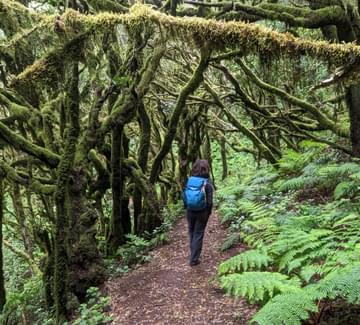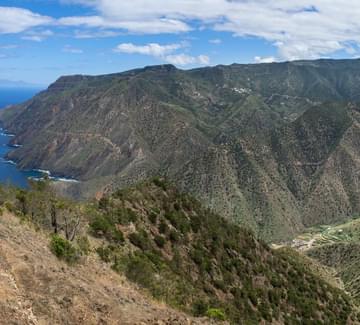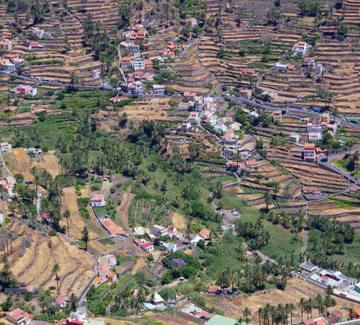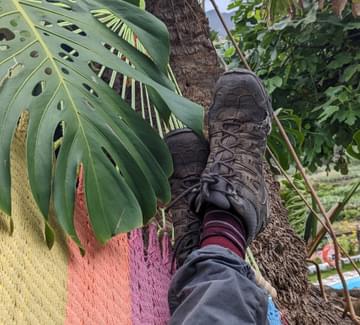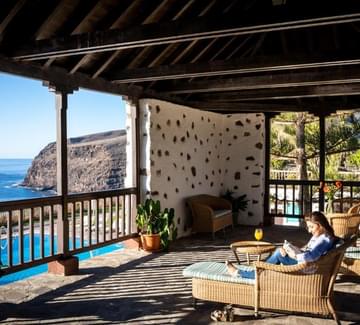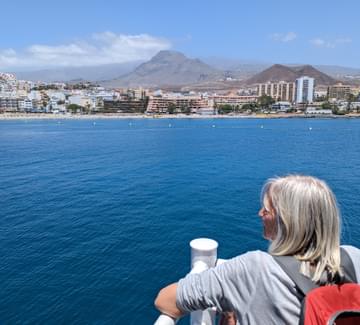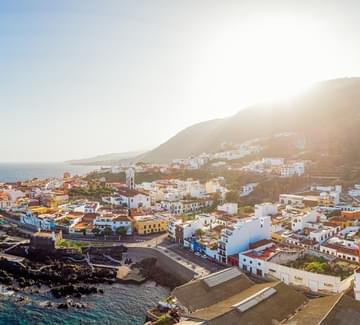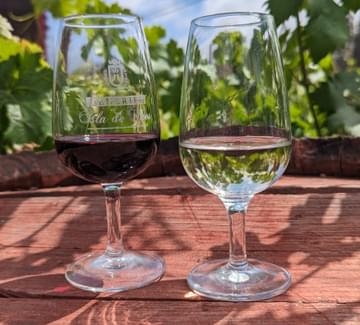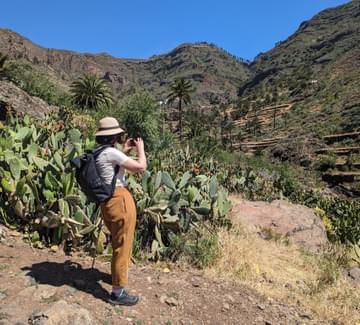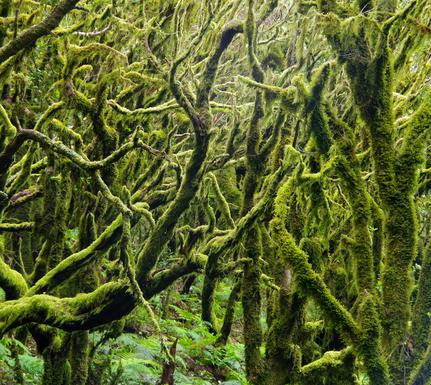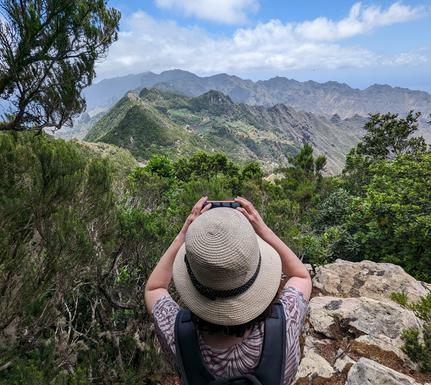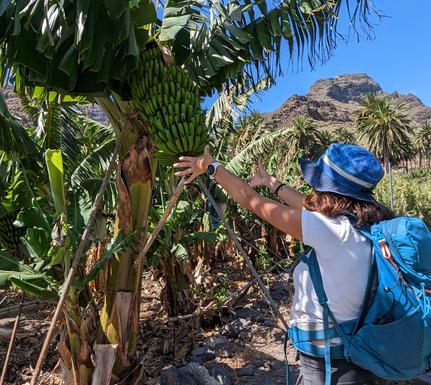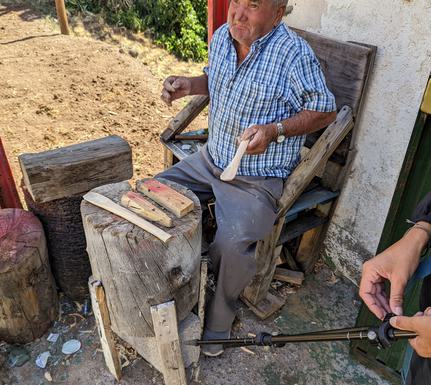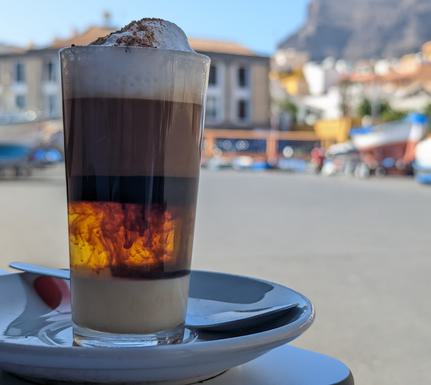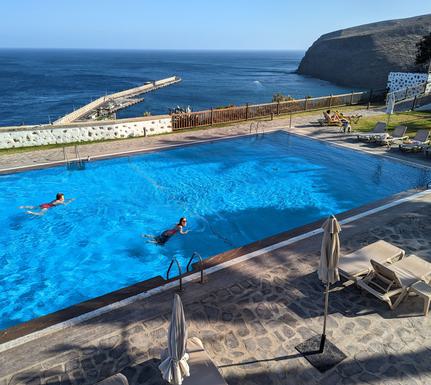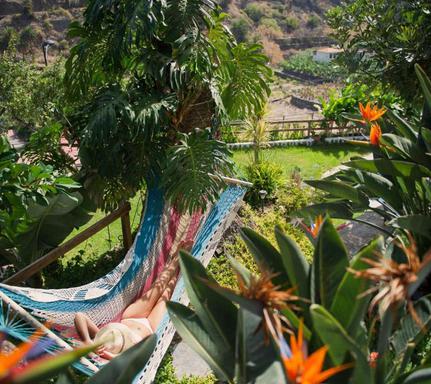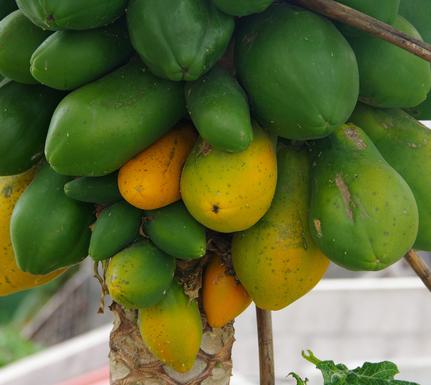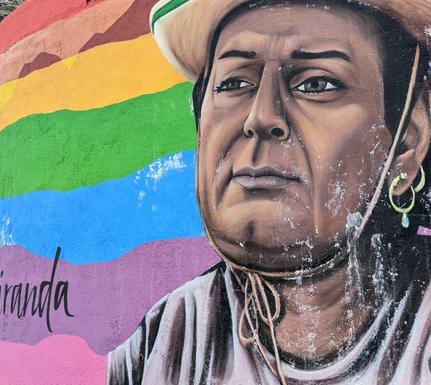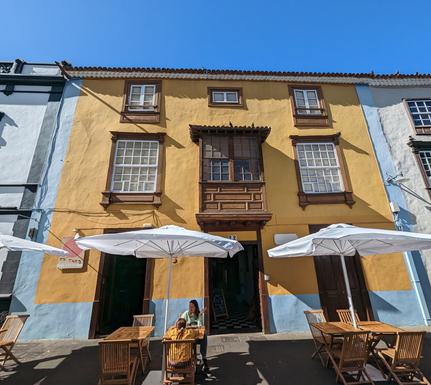3 Trips
3 Trips
-
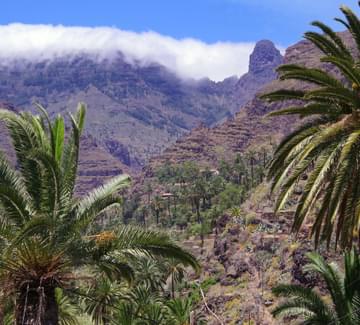
![los telares restaurant la gomera]()
![walking garajonay national park la gomera]()
![vallehermoso coastal walk cliffs la gomera]()
![banana groves la gomera]()
![valle gran rey la gomera]()
![hammock hotel hermigua la gomera]()
![parador la gomera sea view]()
![parador de la gomera pool]()
![ferry tenerife la gomera]()
![spoon whittling local la gomera]()
Hiking the Tropical Landscapes of La Gomera
- Grade 4
- Vibrant culture
- Cloudforest & banana groves
From$2,310pp -
![la laguna view from hotel rooftop]()
![tenerife wine vilaflor vineyard]()
![tenerife la laguna local food]()
![garachico view from above]()
![la laguna hotel pool tenerife]()
![garachico lava rock pools]()
![spain anaga rural park hike]()
Tenerife Walking, Wine & Volcano Views
- Grade 3
- Stunning scenery
- Canarian food, wine & culture
From$2,660pp -
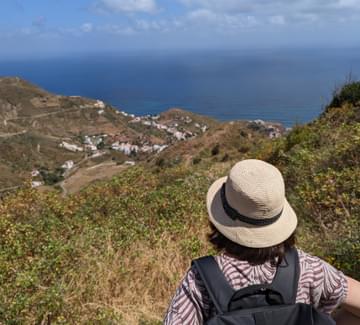
![parador swimming pool la gomera]()
![winery tenerife vilaflor]()
![la gomera to tenerife ferry]()
![garajonay national park la gomera]()
![garachico tenerife]()
![canarian food wine]()
![wine vilaflor tenerife]()
La Gomera to Tenerife: Walking the Canary Islands
- Grade 4
- stunning scenery
- Canarian food, wine & culture
From$4,760pp
Loading more holidays...
Where are the Canary Islands?
When is the best time to visit the Canary Islands?
What will I see on each island?
How do I get there?
What makes your Canary Island walking vacations so special?
Memorable moments you can look forward to...
Your Pura Aventura vacations
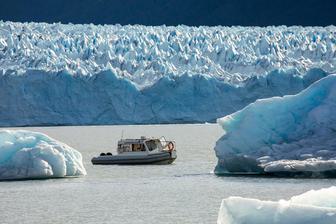
Exceptional Vacations
Best-in-class vacations & service - is what our clients say they love about our trips, as noted in the highest possible 5* Feefo Platinum Award.

Travel Positive
Travelling with one of the first travel companies to be certified B Corp means your vacation, according to Which?, meets "the highest standards of social and environmental performance".
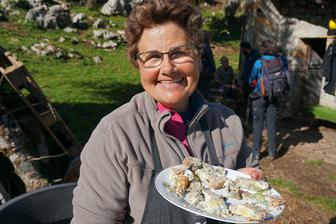
Beautifully Local
Vacations away from the crowds, crafted to give you a more authentic, local experience. Small-scale accommodation, exceptional guides & in-depth local knowledge.








